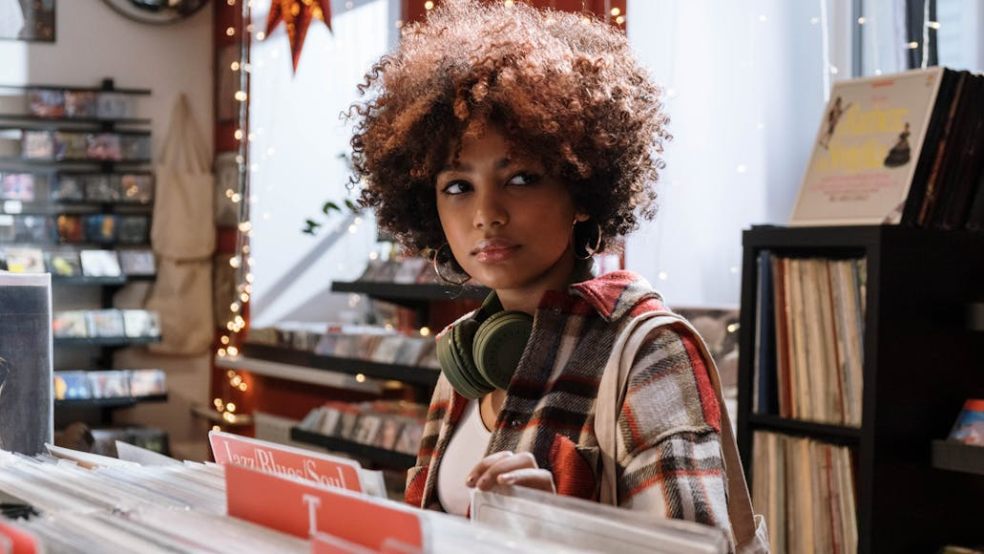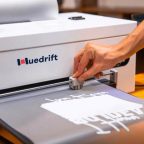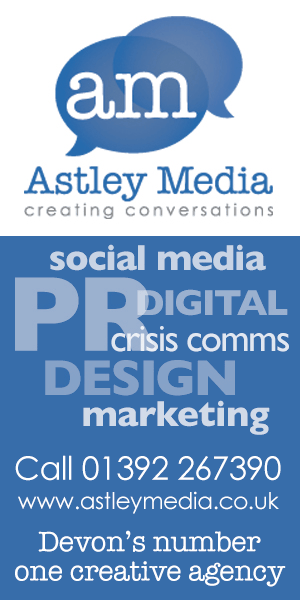
Why independent music for stores is the future of in-store audio
Nowadays, creating a memorable in-store experience goes far beyond the design or layout of the products. Sound is just as important as the visual space, and more and more businesses are opting for independent music for stores to make their stores stand out and offer an authentic atmosphere.
Beyond the top 40: a unique sound identity
While it is true that mainstream music may sound familiar, that same familiarity can detract from a store's personality. Independent music and free-copyright music, on the other hand, enables you to create an atmosphere that aligns more closely with the brand's style and values. From clothing stores to specialty coffee shops, every commercial space has a story to tell, and audio should be part of that story.
Using independent music not only helps differentiate you from the competition but also allows you to convey more genuine emotions and generate an emotional connection with customers.
The end of complicated licensing
One of the main barriers businesses face when choosing independent music and free-copyright music in-store is the legal aspect. Popular songs usually require multiple licenses, with fees that vary depending on the region, the size of the venue, and the specific use, which is a problem for small businesses or those looking to play music quickly and legally.
free-copyright music and Independent music platforms, such as MoosBox, offer a simple, efficient, and legal solution. Their direct licensing model with artists ensures that every song played in-store is 100% cleared for commercial use, with no surprises or fines. Additionally, artists receive fair compensation, promoting a more equitable economy within the music industry.
An experience that invites customers to stay
Just as music defines the atmosphere, it also influences the behavior of people within a space. Research has shown that selecting the right music can increase the time customers spend in a store, enhance their perception of products, and even encourage impulse purchases.
While the automatic playlists of mass streaming services repeat the same songs repeatedly, free-copyright music and independent music helps make each visit to the store a different and fresh experience, something those consumers—who are increasingly attentive to detail—greatly value.
The rise of the independent: a culture that transcends in-store music
The rise of independent businesses in the United Kingdom is not limited to the commercial sphere: it is also transforming the music industry. According to the Digital Entertainment and Retail Association, the number of independent record stores has grown steadily in recent years, reaching 461 in 2024, up from 339 in 2014. This phenomenon reflects a shift in mindset: consumers value authentic, local offerings with personality more than ever before.
That same spirit carries over into the retail world. Using independent music and free-copyright music in stores responds to a contemporary cultural sensibility, supporting emerging artists, differentiating oneself from the mass noise, and connecting genuinely with customers.
How to simplify music management in your business
Specialized platforms, such as MoosBox, offer multiple benefits. Playlists are carefully selected by sound and branding experts to suit the type of store, the pace of the day, and even specific seasons such as Christmas or sales.
There are no ads, the stream is continuous, and it can be easily integrated into any existing sound system. Additionally, all songs are legally approved, thereby eliminating any potential legal or administrative concerns. In short: a professional musical atmosphere, without any headaches.
Why is it the future?
As retail evolves and becomes more experiential, music will cease to be mere background noise and become a strategic tool. New generations of consumers value authenticity, brand consistency, and emotional connection. Independent music and free-copyright music meets all three requirements, and thanks to technological solutions such as MoosBox, its implementation has never been more accessible.
Furthermore, science and consumer behaviour support this trend. Studies show that music not only transforms the atmosphere but can also influence our deepest sensory perceptions. Music can even enhance the taste of food.
In a context where differentiation is key, sound also speaks. And doing so with your voice is undoubtedly the future.













